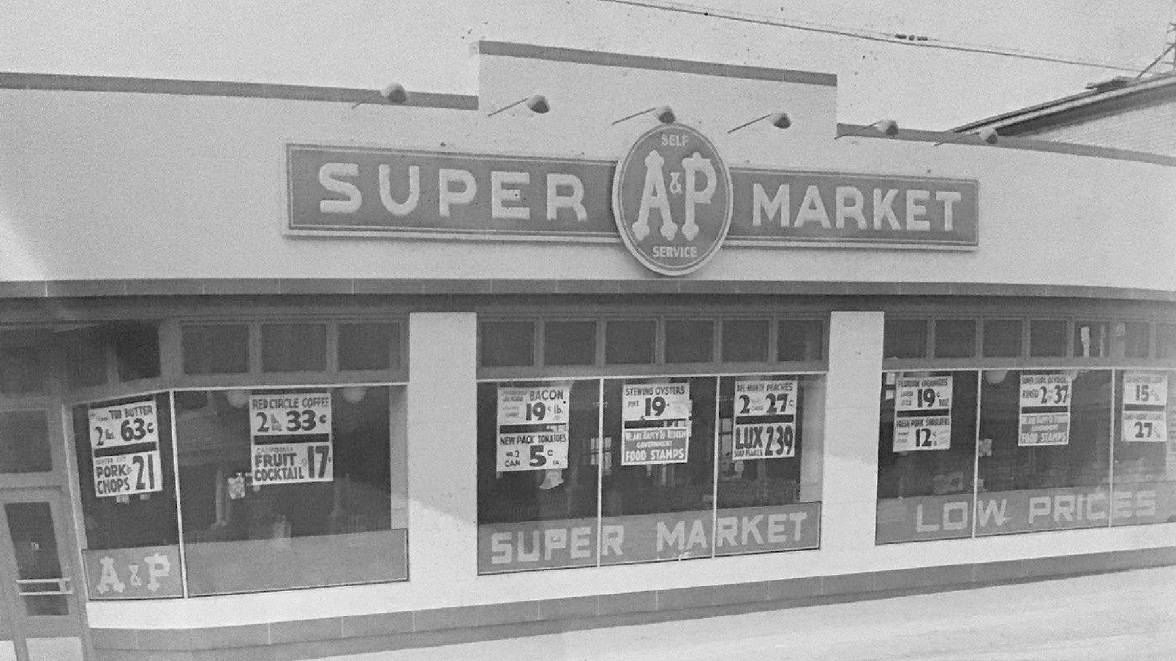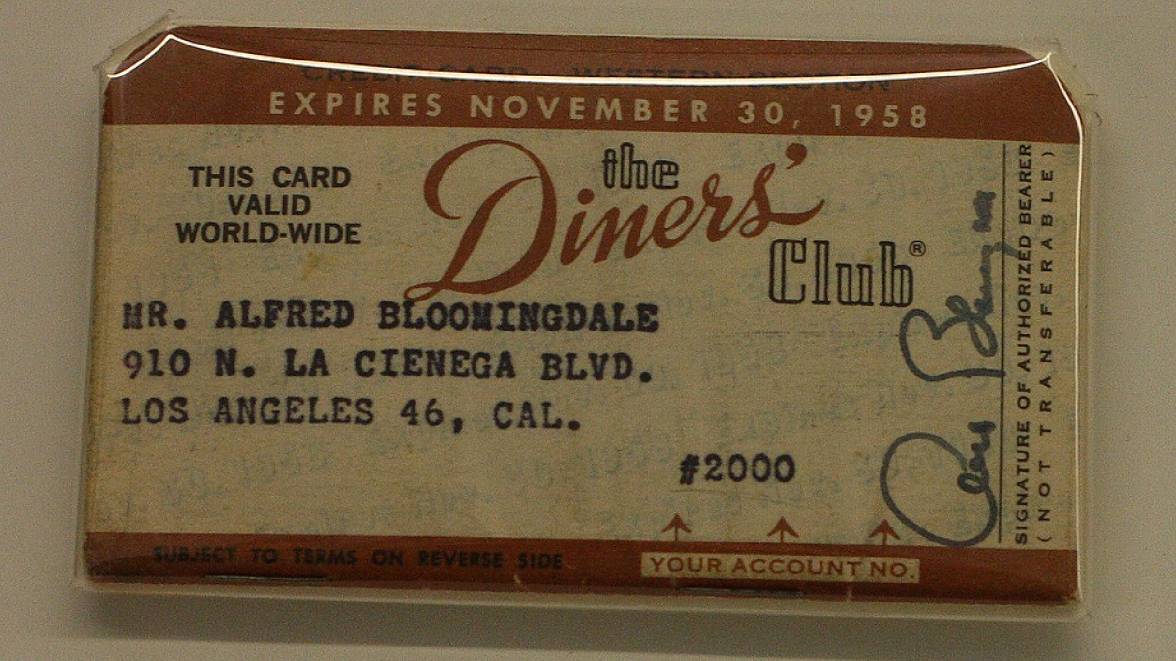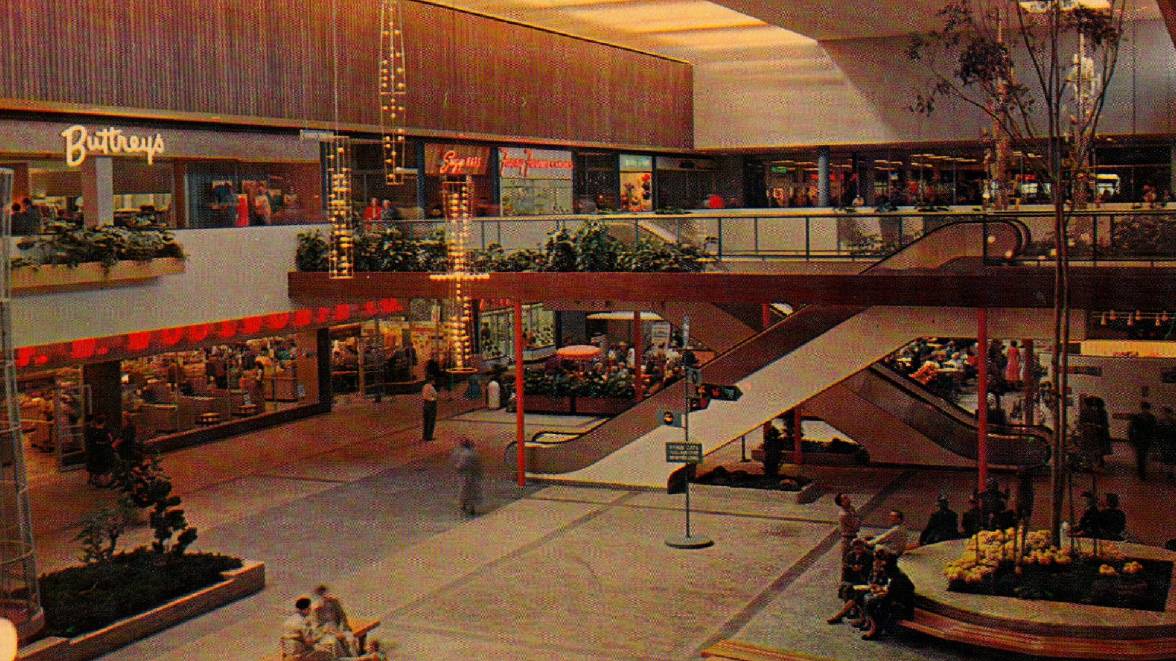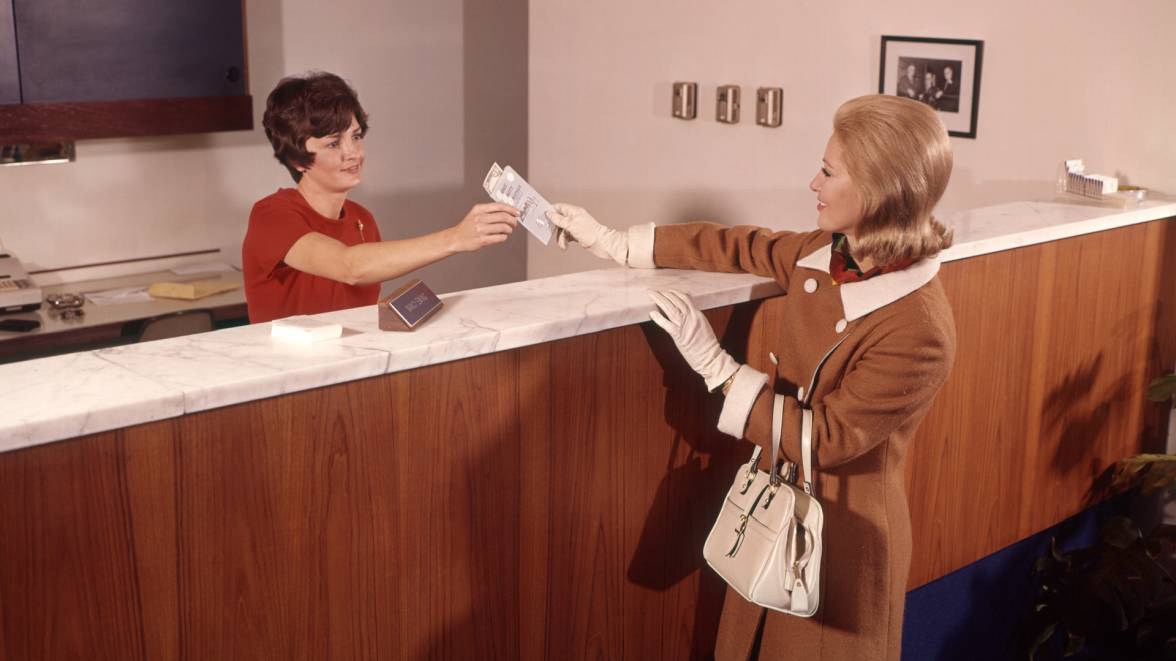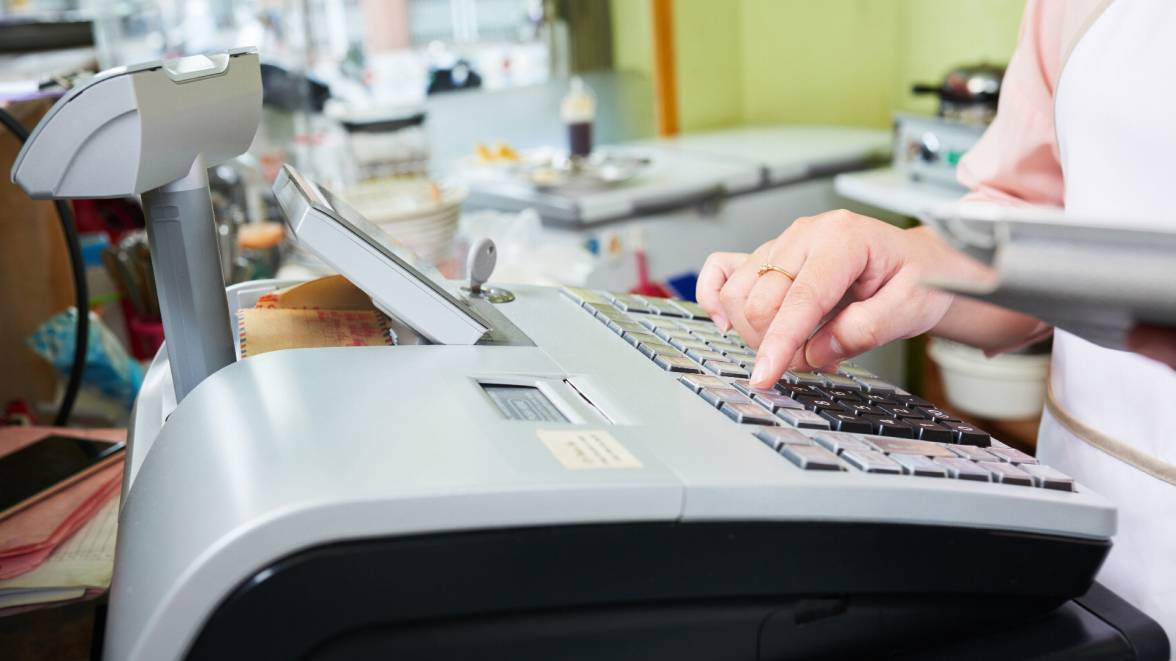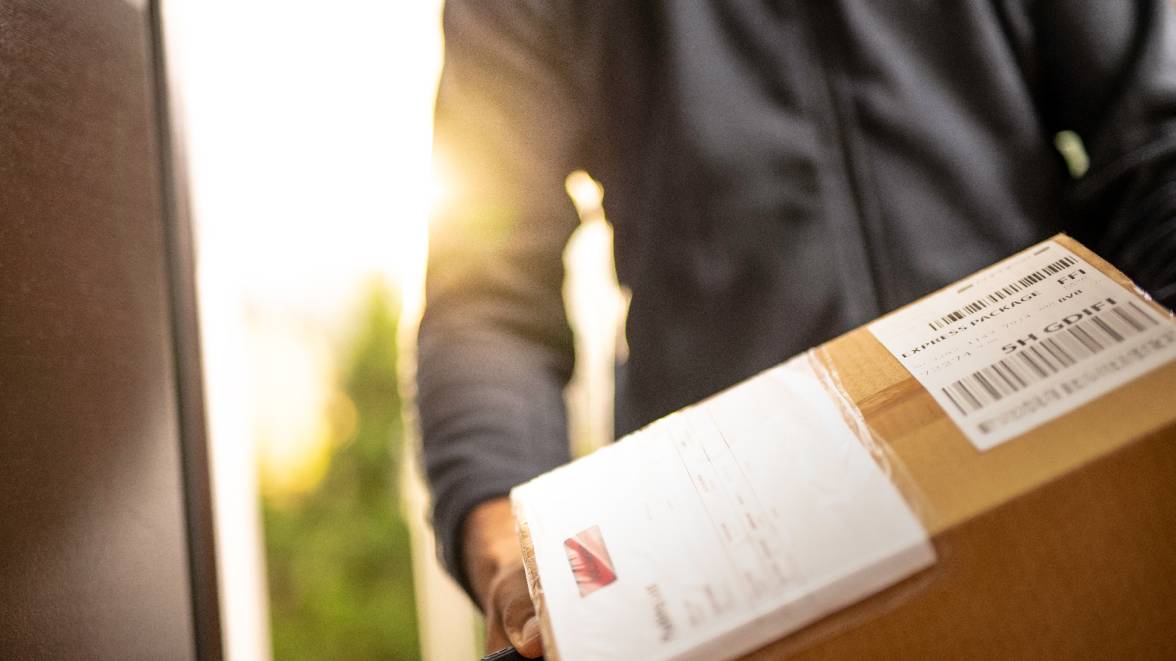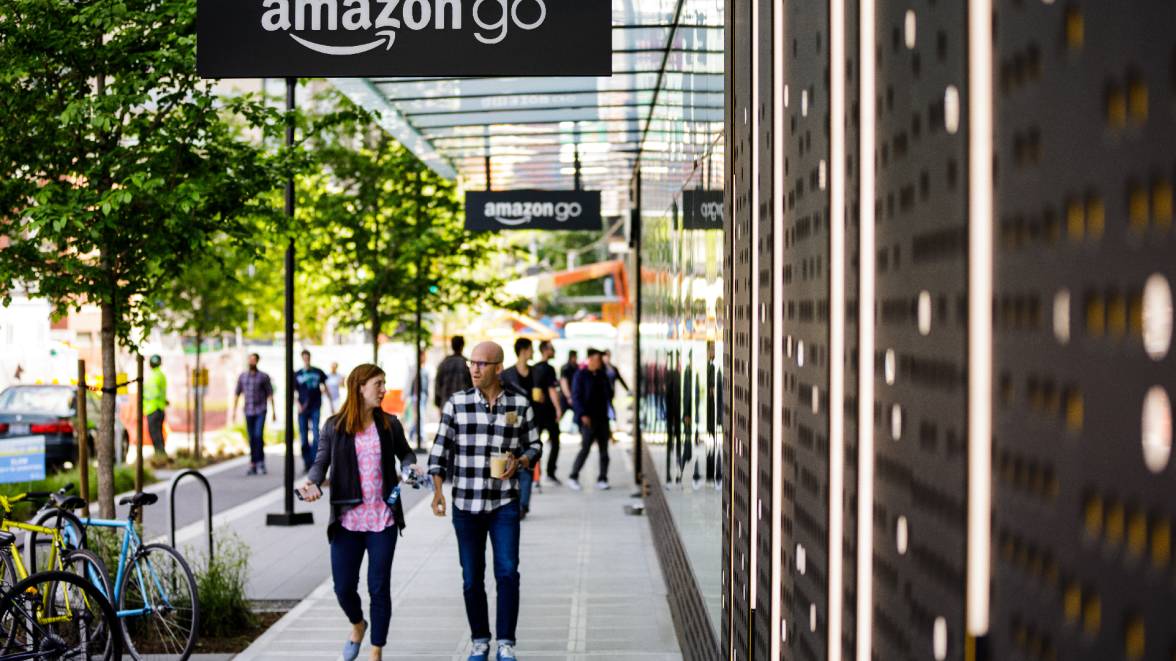Looking to the future
Many branches, one network
The success story of Apollo-Optik
The success story of Apollo Optik
Many branches, one network
How do you digitise the largest chain of opticians in Germany without losing sight of the customer's interests? The Connected Business solution has created a centrally managed network of 860 specialist branches. This not only saves costs and increases IT security, but also improves the shopping experience.


Number of Apollo branches connected by Vodafone's SD-WAN solution.
The Challenge
Disruptive trends in retail
E-commerce, mobile payments, Corona: the retail industry is in a state of upheaval, and some companies are feeling unsettled by the pace of change. "Retail is change" - this simple statement has always been synonymous with success in the sector. Digitalisation has intensified the trend towards constant disruption: it is not only the product range and its presentation that must constantly adapt. Entire business models are being challenged, and customer relationships and service are being rethought.
Thanks to smartphones, consumers can now shop when and where they want, and the boundaries between online and offline are becoming increasingly blurred. The industry's structures and organisational models are facing – or already in the midst of – a radical renewal process. This is creating new opportunities for small, local businesses: according to a survey by industry association Bitkom, 61 per cent of respondents would like to see more online offerings from regional retailers.
The Company
Opticians with a strong branch network
There is hardly a pedestrian precinct in Germany without Apollo-Optik. Founded in 1972, the company has more than 860 branches in Germany, making it the country's largest optician. As well as offering on-site advice from several thousand opticians, the chain also sells its products via an online shop. The company has also built up an extensive merchandise logistics system.
Apollo-Optik has been working for some time to offer its customers a modern shopping experience: Various offers combine the local presence with the online presence. These include online appointment bookings, digital mirrors and instructional videos. This omni-channel strategy ensures that every customer can access Apollo-Optik's services according to their personal preferences – around the clock. In addition, selected branches offer free customer Wi-Fi.
The Solution
Reliable networking with MPLS
Apollo-Optik needs a high-performance network to control its internal processes and ensure that its extensive branch network functions optimally. In addition to extensive goods logistics, this may also include the area of retail analytics, while at the same time ensuring that the branches can be reached by telephone.
Apollo-Optik chose Vodafone as its partner for the development of a customised network solution. Together, the two companies developed an IT infrastructure based on Vodafone's MPLS network that is fully tailored to the needs of the optician chain. The company's expansion and acquisition of smaller optician chains had resulted in a disparate IT ecosystem. The aim was to develop a congruent and integrated network approach. In addition to connecting the head office to the branch network, the telephone accessibility of the branches was also a key challenge.
Initially, all branches were connected to the IT infrastructure via Vodafone's broadband network. A back-up connection via LTE was also installed. The head office in Schwabach was connected to the internet and the data centres in Frankfurt via fibre optic cables and a fixed carrier connection. The branches and head office were then linked via a VPN connection using Vodafone Connected Business based on Cisco Meraki. This solution also provides customer WLAN in the branches.
Auf einen Blick
The Advantages
At a glance
The new IT infrastructure makes it possible to keep an eye on all branches at all times via a central dashboard. This allows Apollo-Optik to use the technology to improve customer service or to advertise current offers centrally on the welcome page of the customer WLAN.
Standardised and powerful
networking platform
Standardised management of systems across branches
via a central cloud-based dashboard
Adjustments can be made at head office
and distributed to stores within minutes
High performance and redundant connectivity
between headquarters and data centres
Support for multiple access technologies
depending on the branch situation
Simplify and standardise internal processes
through a customised back-up concept for the branches
5 questions for Dr Jörg Ehmer
5 questions for Dr Jörg Ehmer
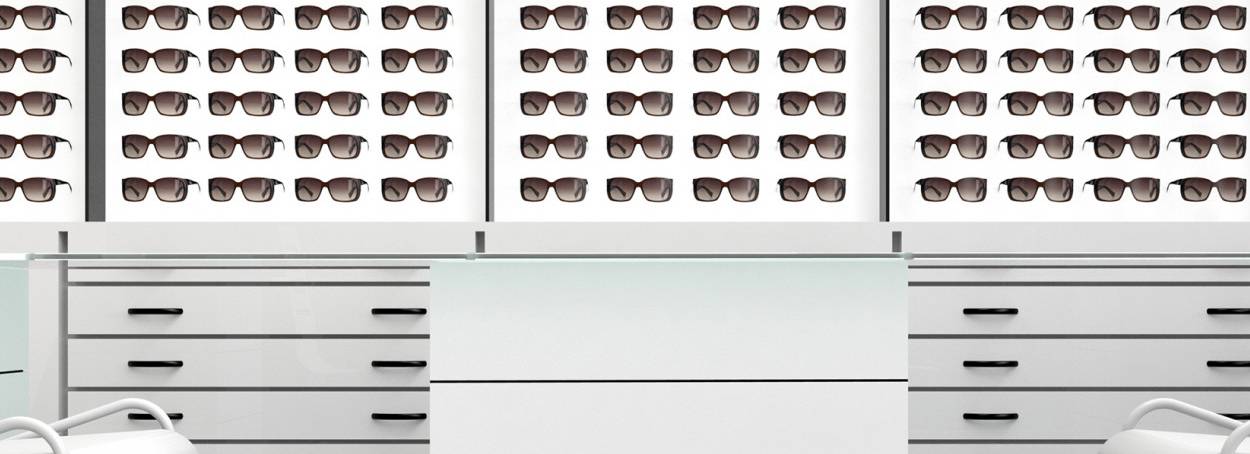
5 questions for Dr Jörg Ehmer, CEO of Apollo-Optik
"What matters is what is useful for the customer"
How will retail analytics influence the future of retail? And what new business models will digitalisation make possible? Dr Jörg Ehmer, CEO of Apollo-Optik, talks about the future of his company and the transformation of the retail industry.
Apollo-Optik, founded in 1972, is the largest optician in Germany with more than 860 branches. It also has 150 locations in Austria under the Pearle Optik brand.
Apollo-Optik is fully committed to the digitalisation of its services and business processes and the close networking of its branch and online services. To this end, Vodafone provided Apollo-Optik with a VPN connection between the branches and the company's headquarters, a standardised IP telephony platform and various CRM and retail analytics applications.
We spoke to Dr Jörg Ehmer, CEO of Apollo-Optik and an opinionated blogger on retail, the world of work, business and society (ehmers-blog.de).
Digital transformation is a massive change process that must be actively pursued.

Dr. Jörg Ehmer
CEO of Apollo-Optik
Dr. Jörg Ehmer, a trained lawyer, worked at Vodafone for ten years, mainly in sales functions, before taking over the sales management of the E-Plus Group. Since July 2014 he has been a member of the management board of GrandVision, the world's leading optics chain, and CEO of Apollo-Optik.
Why did you decide to go digital with Apollo?
Dr Jörg Ehmer: Because the retail industry can be developed further thanks to the opportunities that digitalisation offers - and those who seize these opportunities proactively and at an early stage have an advantage. We would rather be at the forefront than lag behind. It's important to realise that the optical industry is at least five, if not ten, years behind other retail sectors, at least in the eyewear sector. It's not going to stay that way and one of the reasons for that is that, as a major player in the market, we're helping to drive that development.
How has digital changed Apollo's business models? Has digital even made new business and revenue models possible?
Dr Jörg Ehmer: Digital transformation affects the entire company, as it does almost everywhere. It is not just about the front end to the customer or the digital transaction. It's about processes, communication, rapidly changing marketing, huge opportunities in CRM and much more.
In optometry, there is still a lot that requires physical contact, at least for now. At the moment, there are no really adequate online vision tests, and fitting glasses to individual head shapes is also a manual process. So the brick-and-mortar part plays an important role, and it will continue to do so, at least in the medium term. With almost 900 branches in Germany, we feel we are well positioned for this - no other chain is anywhere near as close to its customers.


Good prospects: Retail analytics enables Apollo to continually improve its offering to customers.
What do you see as Apollo's biggest opportunities in digital? How will your customers benefit?
Dr Jörg Ehmer: Our market is extremely fragmented, especially in Germany - there are around 11,000 opticians. This will change as price and service transparency increases.Thanks to digitalisation, we are at least one step ahead here too. Achieving an omnichannel model with a seamless customer experience and interaction options across all touchpoints is almost impossible for a single player or even a smaller chain.
Our customers already enjoy many benefits: for many years they have been able to book appointments online to avoid waiting times, browse our product range online and ensure that their favourite model is reserved for them when they visit the store. They can buy online and collect in-store - or buy in-store and have their finished spectacles delivered to their home.All of these services create real customer value.
It is particularly important for us to be able to present our very attractive range of services and prices in a transparent way. As we all know, customers are increasingly looking for information about all product ranges online before they go into a store, if at all. We are one of the very few players in the market to meet this need.
Business Analytics
As the CEO of a retailer, do you also benefit from digitalisation, for example through retail analytics?
Dr Jörg Ehmer: All the benefits I have described help me, because they make a significant contribution to the fact that we have been significantly more successful than the market for a number of years and are clearly growing. Instore analytics is also something that helps us to improve. These tools allow us to better understand who our customers are, how they move around the store, when they come to us and much more.It's a truism, but it's true: Retail is about detail - and if you're not using today's analytics, you're missing out.
Traditionally, this starts with customer numbers.The metrics in a retail store are not fundamentally different from what we know from the online world: what is the "traffic" and what is the "conversion rate" - i.e. how many customers who have entered the store actually buy something? Key figures such as these can be used, for example, to identify when and how many customers visit a store. Among other things, this helps us to plan staffing levels.
Based on your experience: What three tips would you give to a company in the same situation?
Dr Jörg Ehmer: Firstly, every day counts, because implementing even seemingly simple issues takes a lot of time - and money.This is especially true for established companies with outdated and complex IT architectures.Even today, we are still a long way from what is technically possible and what we would like to have. It's not that we have a strategic deficit or don't know what's possible. But the whole way we work, our long-established processes and systems, are changing - and the organisation needs to take this into account.
Second, it cannot be said often enough that digital transformation is a massive change process that needs to be actively managed, with unwavering leadership and positive momentum. The fears of employees and business partners must be taken seriously, and constructive communication tailored to the target group is required. In short, digitalisation requires a professionally managed change process.
Thirdly, without clear prioritisation, you get lost. You can do a lot, but how much of it is just buzzwords and looks good on PowerPoint? What matters is what is really useful for the customer and, ideally, what differentiates you in a positive way. What is "nice to have" in internal processes - and what really reduces complexity, improves service and makes the organisation more efficient? What should be tackled first and what should wait? Where can you work with a workaround, and where do you need to create structures and adapt business processes before you start programming? The more difficult decision is often what not to do - yet.
Dr Ehmer, thank you very much for this interview!
Retail in transition
Digitalisation as an opportunity
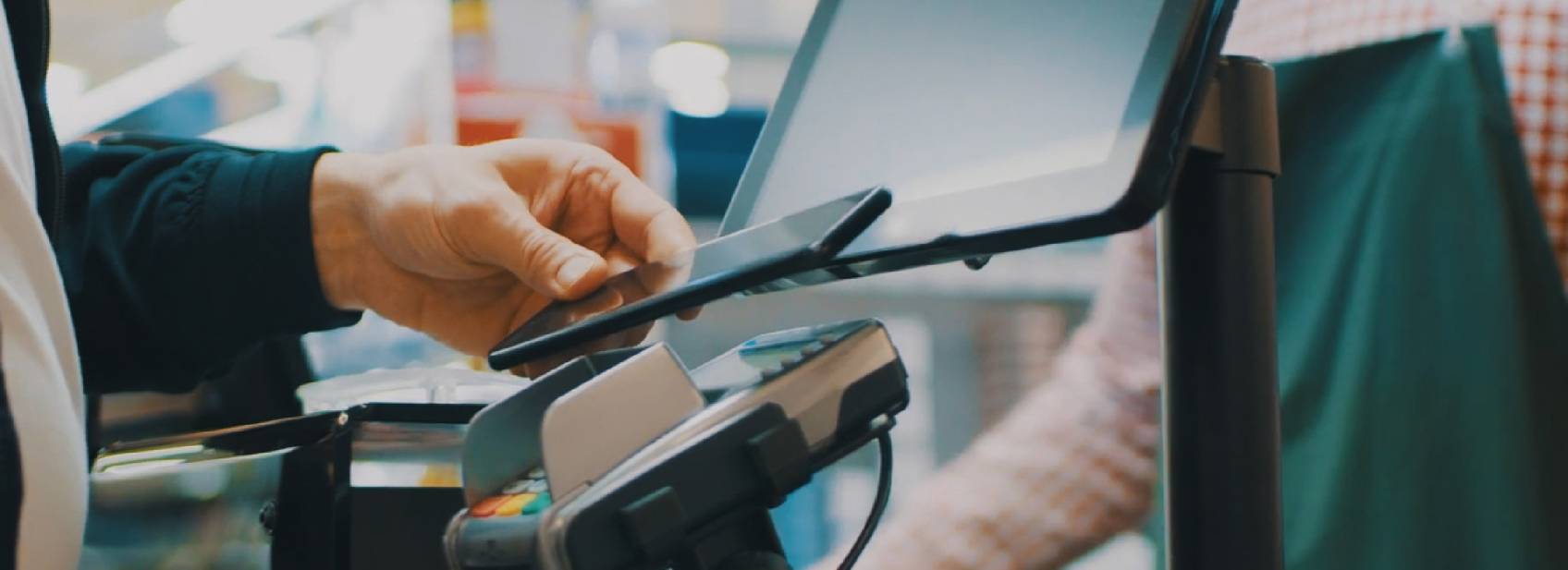
Digitalisation as an opportunity
Retail in transition
City centres with yawning vacancies: this is the widespread picture of the future of retail painted by pessimistic forecasts. But how realistic is this scenario?
A study by the industry association Bitkom shows that it is: German retailers are aware that they need to reinvent themselves in order to remain relevant to their customers. The majority of them see digitalisation as an opportunity, but many still feel overwhelmed by the major upheavals.
However, it is also true that pioneers in Germany and around the world are using digitalisation to increase revenue, customer satisfaction and productivity within the company. And the experience of recent months has proven this: It pays to invest in the future because it makes you more resilient in times of crisis. The opportunities for business modernisation are as diverse as the retail industry itself.
Digitalisation is not only massively changing the retail landscape, it is also changing consumer needs. […] Retailers must adapt to these needs.
Achim Berg, President of the digital industry association Bitkom
More efficient processes, more time for customers
Vodafone is working hard to make digitisation work for the retail sector so that its partners can look ahead with confidence, even in uncertain times. This is not about networking as an end in itself, but about focusing on the individual business and its end customers and their specific needs.
Large retailers and supermarkets, for example, face the challenge of making the shopping experience easier and more personalised for the customer, as well as creating intelligent logistics. Smart shelves can help. They use sensors to detect what products customers are buying. Amazon uses this technology in its Amazon Go supermarkets to add items directly to the shopping basket. Vodafone is testing similar systems with its wholesale partners. The technology also makes logistics more efficient: When a product is running low, the shelf sounds an alarm. Empty shelves are a thing of the past.
Artificial intelligence also helps to monitor and manage stock levels. In addition, systems can assess which products are popular or which prices and discounts should be displayed to customers individually, based on their purchasing behaviour and preferences - making shopping a personalised experience. If a store already has electronic price tags, any changes can be communicated to the store in near real-time via a central dashboard. Instead of replacing labels, staff can spend more time advising and selling.
A personalised and convenient shopping experience
At Nike's House of Innovation, for example, customers can scan QR codes and have the products they want delivered straight to their dressing room. Chatbots also relieve staff by automatically answering recurring questions from customers.
Fashion chain Mango, meanwhile, is experimenting with smart mirrors: If the size or colour of the garment being tried on isn't right, customers can use a digital touchpoint on the mirror to scan the label and request other products from the product catalogue, which are then brought to them by sales staff. Thanks to Vodafone's IoT technology, the mirror can also directly access stock in the warehouse.
The Internet of Things is revolutionising shopping in fashion shops.
Jochen Busch, Head of IoT Central Europe, Vodafone
E-commerce: an opportunity for bricks and mortar?
The steady growth of the e-commerce sector is still seen by many as the biggest threat to bricks-and-mortar retail. However, a growing number of innovative examples show that the combination of traditional shop visits and online retailing offers a number of advantages that play to the strengths of traditional retail: While the online shop impresses with its 24-hour accessibility and almost unlimited product range, the sales area can increasingly develop into a showroom. Here, all the senses can be stimulated: Whether it is feeling the soft velvet of a dress or smelling the juicy oranges - in-store shopping is (once again) an experience.
By connecting the sales floor and the warehouse, the right product can be delivered to the right customer in the right place at the right time. Retail analytics is at the heart of this: only by analysing data such as footfall or customer profiles can important changes be initiated. In a 2016 survey, 65% of retailers said they measure customer behaviour in-store to optimise sales and service.
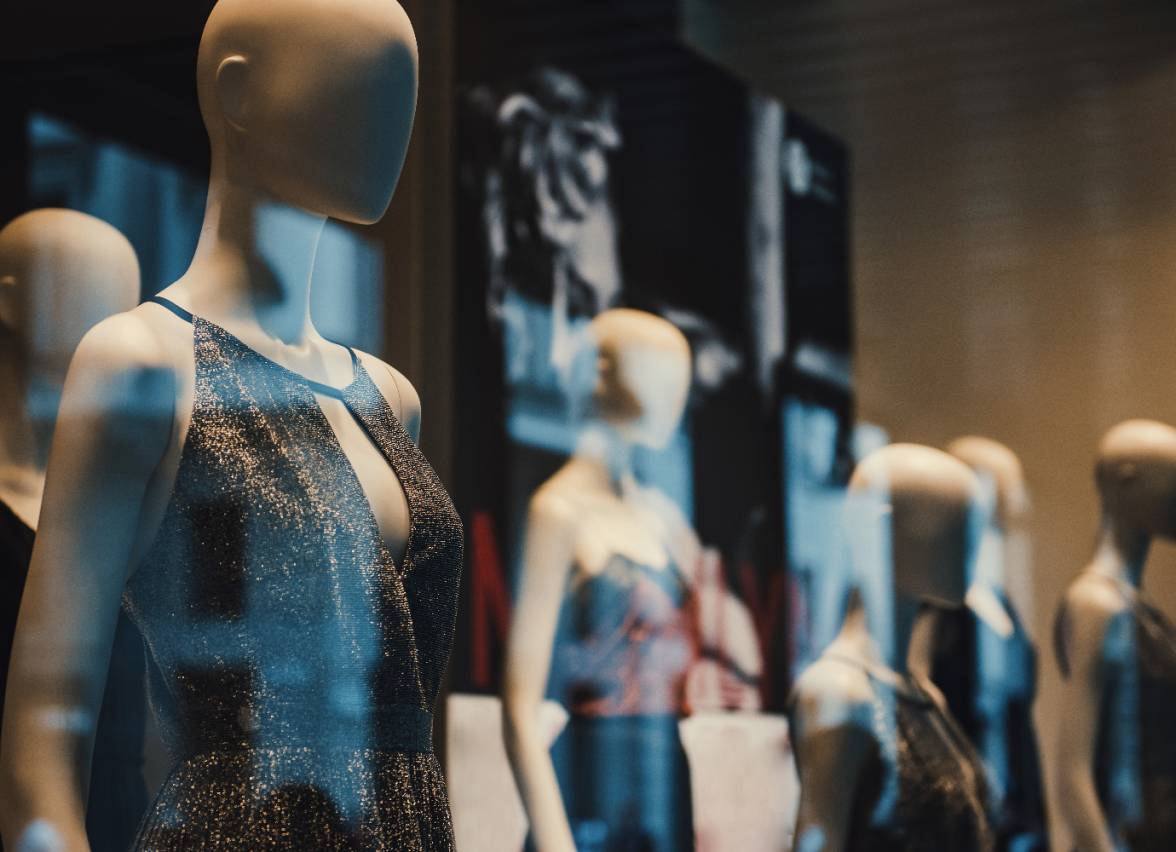

Shop windows will continue to exist, but the internet and smartphones will enrich the shopping experience.
Achieving great things on a small scale
The basis for these developments is the networking of branches through internal IT systems. Even small chains and owner-managed businesses can benefit from this digital infrastructure. In addition to the aspects already mentioned, this also includes free Wi-Fi as a service for end customers: According to a study by techconsult, 31 per cent of all German retailers offer free Wi-Fi to their customers, with 24 per cent planning to follow suit in the near future. If the customer logs in directly in the shop, for example to search for products, access customer programmes or surf social networks, the relevant data can be recorded directly at the point of sale - in an anonymised and secure form, of course.
Marc O'Polo is already using this for stocktaking and customer dialogue. Products can be reordered instantly and, ideally, the end user receives personalised offers and tailored advertising in real time directly on their device. Mobile payment can also be a key factor for small shops. The smartphone can be used to integrate loyalty cards, access additional information and significantly reduce waiting times for payment.
Conclusion
The above examples show that We can continue to look forward to vibrant city centres, exciting store concepts and new shopping experiences.
However, it is also clear that in the future, retailers, regardless of their sector or size of business, will be even more dependent on a reliable, experienced partner to support them in times of crisis and help them drive the essential digital transformation of their business. With its expertise and tailored business solutions, Vodafone is ready to implement innovative concepts and forge new partnerships.





